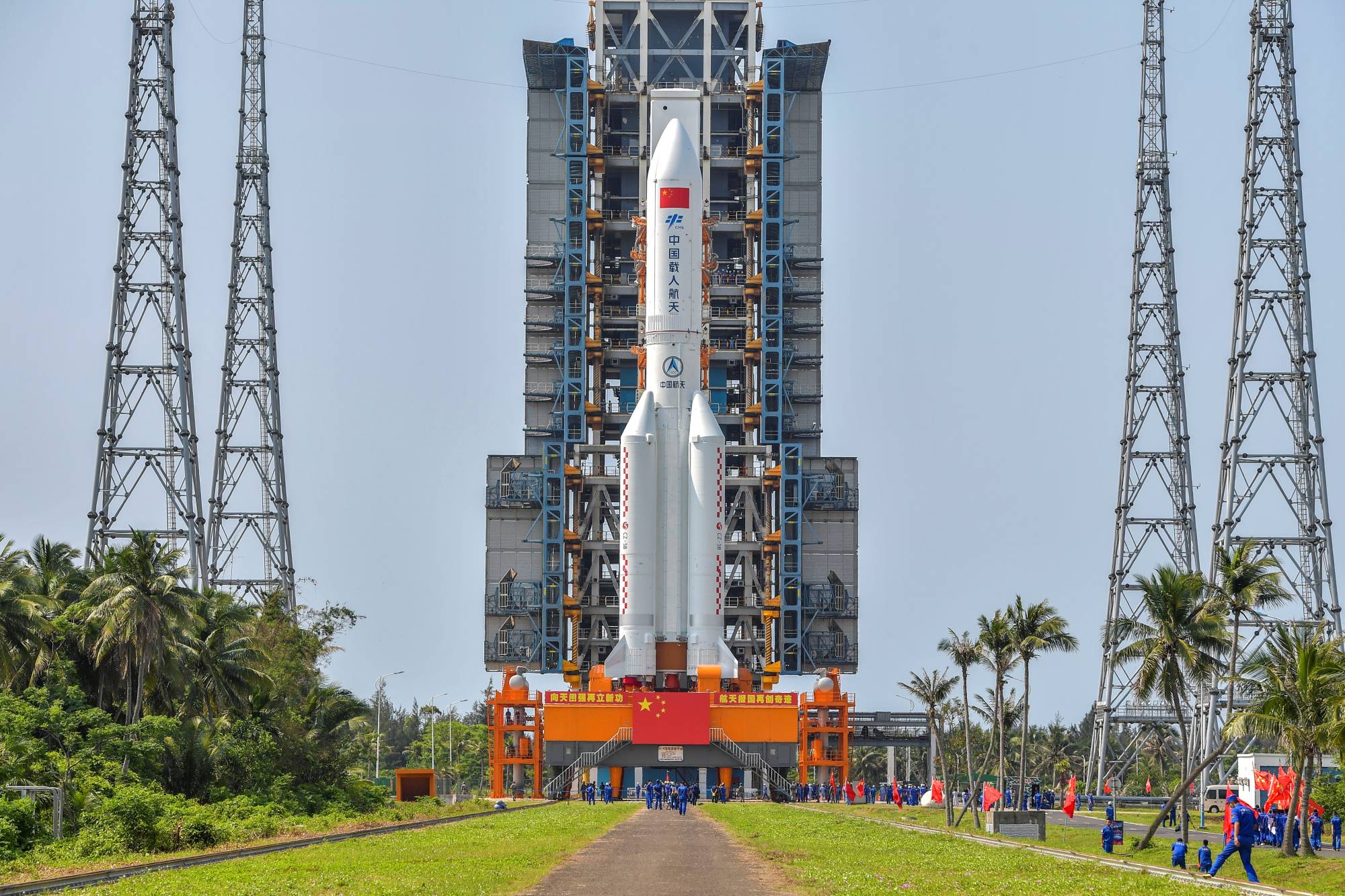In the most recent continuation of a rare success story of cooperation between the United States and Russia, Washington recently extended its agreement on cooperation in space with Moscow, which has survived deteriorating relations on Earth, until September 2030.
In 1975, two space modules — one American, the other Soviet — docked in the first international manned mission to space, Apollo-Soyuz. At the time, it seemed like an isolated example of rapprochement in space, but it set the stage for future cooperation. Through the Shuttle-Mir program in the 1990s and the ongoing International Space Station program, NASA and its Russian counterpart, Roscosmos, have maintained cooperation despite otherwise frosty relations between the two countries.
The duopoly of the United States and Russia in manned spaceflight was broken in 2003 when the launch of Shenzhou 5 made Yang Liwei China’s first astronaut to orbit Earth and China the third country to achieve human spaceflight capabilities. While the previous four decades of space exploration had been characterized by extensive international cooperation, the U.S. Wolf Amendment passed in 2011 essentially prohibits any direct cooperation between NASA and its Chinese counterparts and leaves China as the odd one out. What explains this discrepancy in U.S. relations with its two main rivals in space?


















With your current subscription plan you can comment on stories. However, before writing your first comment, please create a display name in the Profile section of your subscriber account page.